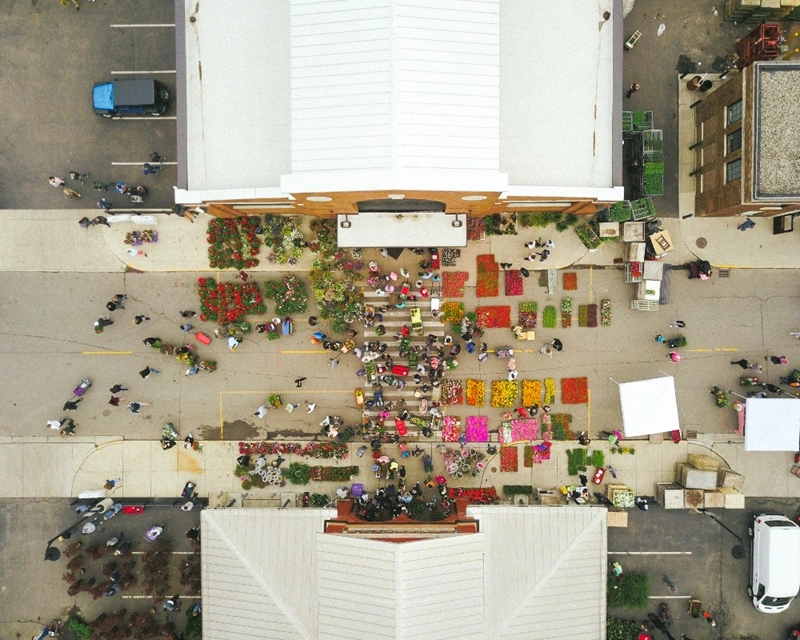Building a shopping centre, or even a supermarket, is notoriously expensive. As someone with a background in retail expansion, I know how critical it is to draft a preliminary layout for any proposed store location. Key factors, such as the number of parking spaces and square metres, have a direct impact on the P&L model we create for each store and location, influencing everything from negotiations to investment estimates.
Traditionally, this process involved engineers and detailed AutoCAD designs, even for simple 2D layouts, just to conduct a preliminary assessment. Today, Artificial Intelligence (AI) is transforming how retailers approach these challenges.
Why AI Matters in Retail Design
AI-powered solutions are transforming retail by enabling businesses to experiment with store layouts and designs at unprecedented speed and cost efficiency. Generative AI is reshaping retail spaces, delivering actionable insights to improve customer satisfaction and increase footfall. While tools such as TestFit and LEAFIO AI showcase these capabilities, the focus lies on how AI addresses critical challenges specific to the retail industry.
Key Advantages of AI-Driven Space Planning
Lower Risk, Speed and Cost – AI minimises errors and accelerates project timelines by allowing executives to visualise and adjust layouts in real-time, avoiding costly revisions during construction.
Optimal Decision-Making – Retailers can test thousands of store configurations, from parking arrangements to product placements, in minutes. This flexibility reduces manual processes and ensures data-backed decisions.
Customer Satisfaction – Layout designs aim to increase customer satisfaction and reduce frustration from an otherwise confusing shopping experience. By being able to generate thousands of layouts at virtually no added cost or time, teams can focus on delivering the most optimal customer experience.
Strategic Zoning – Product placement is carefully considered and integrated into layouts, leading to significant increases in sales per square metre.
Sustainability Goals – AI supports sustainability by integrating green spaces, energy-efficient designs, and eco-friendly materials, enhancing both environmental impact and brand reputation.
The Impact of AI on Retail Design
A recent study indicates that AI-driven spatial planning reduces design iteration times by up to 40% compared to traditional methods. These technologies allow executives to evaluate multiple design configurations, balancing cost efficiency and operational needs. Unlike manual approaches that rely heavily on time-consuming adjustments, AI delivers precision and adaptability.
For instance, tools that simulate and refine parking layouts or retail zones ensure that each project is financially and operationally optimised. This not only reduces risk but also accelerates decision-making—a critical advantage in today’s fast-paced retail environment.
The Future of Retail Design
AI is revolutionising how retailers conceptualise and implement store layouts. By enabling rapid experimentation at a fraction of traditional costs, AI empowers retailers to simulate countless configurations, evaluate their impact on operational efficiency and customer experience, and make data-backed decisions to optimise profitability. Retail executives can leverage these tools to identify the ideal number of parking spaces, determine the most effective product placements, and design layouts that drive customer satisfaction – all without committing significant upfront resources. This innovative approach not only minimises risk and waste but also ensures every design iteration contributes to a measurable business advantage.


